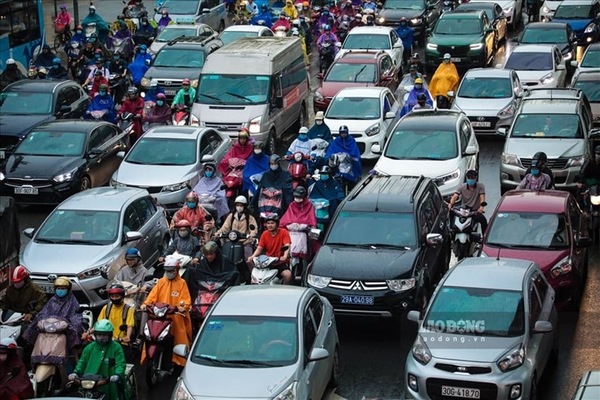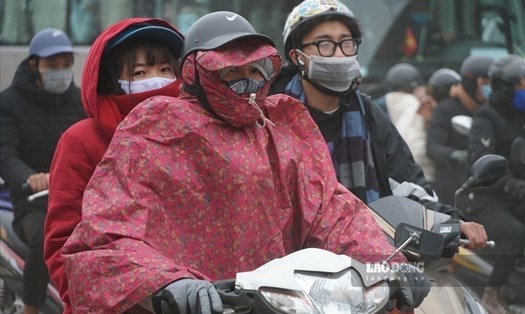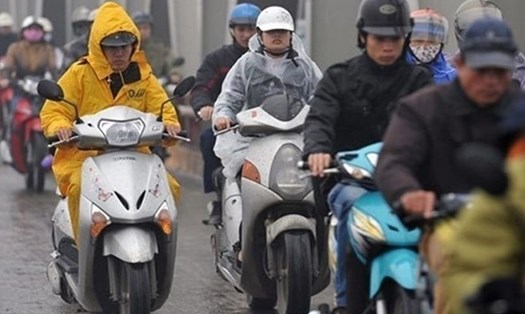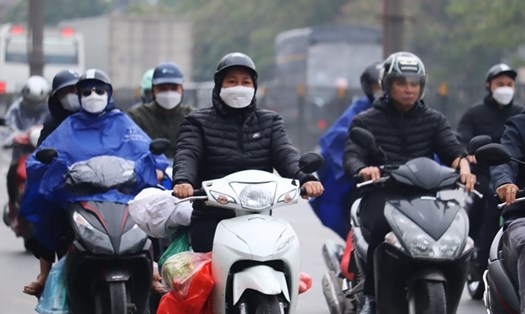According to the National Center for Hydro-Meteorological Forecasting, a cold air mass is approaching the northern border of our country, and is expected to affect the weather in the northern provinces in the coming days.
On the night of September 21 and early morning of September 22, cold air will affect the Northeast region, then spread to most of the Northwest region and some places in the North Central region. The wind will turn Northeast inland with level 3 intensity, coastal areas level 4-5.
From September 22 to 23, the temperature in the Northern region and Thanh Hoa will decrease, the weather will turn cool. The mountainous areas of the North will have cold places with the lowest temperature commonly ranging from 20 to 23 degrees Celsius, and in mountainous areas, some places will be below 19 degrees Celsius.

In Hanoi, the temperature on September 22-23 will drop to 21-23 degrees Celsius, the weather will turn cool.
Regarding the situation at sea, in the early morning of September 22, the Gulf of Tonkin will have northeast winds gradually increasing to level 6, sometimes level 7, gusting to level 8. The sea will be rough with waves from 2.0 - 3.0m high.
The National Center for Hydro-Meteorological Forecasting also warns of thunderstorms. From the evening of September 21 to the night of September 23, the following areas will have moderate to heavy rain, with some places having very heavy rain and thunderstorms:
Northern midlands and deltas, Hoa Binh: Common rainfall 40-70mm, some places over 100mm.
North and Central Central regions: Common rainfall is 50-150mm, in some places over 200mm.
Residents and tourists should be aware of the possibility of tornadoes, lightning, hail and strong winds during thunderstorms.
Thunderstorms accompanied by extreme weather phenomena can cause many negative impacts such as affecting agricultural production; causing trees to fall, damaging houses; affecting traffic works and infrastructure; causing flooding in low-lying areas; risk of flash floods on small rivers and streams and landslides on steep slopes; affecting the operation of ships and activities at sea.
People need to closely monitor the weather forecasts and take measures to prevent natural disasters under the guidance of the local government.
For tourists planning to travel to the Northern and North Central provinces in the coming days, it is necessary to pay attention to regularly monitor weather forecasts and adjust their schedules accordingly.
Prepare clothes suitable for cool weather, bring a light jacket, especially when going to the mountains in the evening.
Bring rain gear such as raincoats and umbrellas.
Be careful when participating in outdoor activities, especially mountain climbing or trekking due to the risk of landslides and flash floods.
Avoid locations near rivers, streams, and ravines during heavy rain.
For tourists planning to go to the beach, they should monitor the weather and follow warnings from authorities about beach safety.
Check your vehicle thoroughly, especially the brakes and tires, when driving in slippery road conditions due to rain.
Visitors should contact travel agencies or accommodation establishments in advance to update the situation and adjust plans if necessary.



